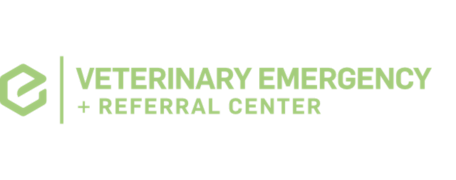Veterinary Emergency and Referral Center (VERC)
Physical Rehabilitation
When are physical rehabilitation appointments available at VERC?
Dr. Brown is available Tuesday – Thursday for appointments.
How do I refer a patient for physical rehabilitation?
Please submit any patient referral through our online patient portal. You are able to attach important patient information directly into the referral.
What commonly treated conditions does canine rehabilitation address?
Lots! Numerous conditions respond favorably to rehabilitation, including neurologic disease (stroke, disc injuries), post-operative cases, degenerative joint disease/arthritis, soft tissue sprains/stains, and chronic pain. Overall, any condition that causes muscle atrophy, stiffness, weakness, inflammation, or decreased functionality can benefit from rehabilitation intervention.
Why can’t my regular veterinarian perform rehabilitation services?
Effective soft tissue diagnosis, rehabilitation, and pain management are skills developed through a great deal of experience and specialized training. Dr. Brown has received extensive post-graduate training via formal, credentialed rehabilitation institutes in order to provide these services to your patient.
What can I expect during the first treatment?
Our initial consultation ranges from 60-90 minutes, during which time a detailed medical history will be obtained, and a thorough neurologic, orthopedic, and myofascial exam will be performed. Based on structural abnormalities, strength imbalances, and a pain assessment, an individualized plan will be created to meet the goals of you and your patient.
What does a physical rehabilitation program look like?
Rehabilitation plans vary based on the specific condition of the pet, as well as their specific needs. A plan will be created at the initial appointment and is continually reassessed based on how the pet is progressing.
Generally, most conditions respond when formal rehab is performed 1-2x/week for 4-8 weeks. These sessions are about 45 minutes in duration and may involve the use of modalities and/or land-based therapeutic exercises. If the condition being treated is more chronic (such as arthritis), most clients find that subsequent “maintenance” visits at 4-8 week intervals are integral at maintaining their pet’s condition.
How long after surgery should rehabilitation be started?
For many conditions, rehab can begin right way. Initially, we may begin with passive modalities to address pain, decrease inflammation, and expedite healing. After skin sutures/staples are removed, introduction to low-impact exercise can be introduced with gradual progression of intensity.
We recommend that you contact us prior to your pet’s surgery so that we can coordinate appropriate and timely scheduling.
What happens if my dog is nervous or does not like to be touched?
We are very sensitive to the needs of our rehab patients and understand that many of them are nervous, painful, and/or unaccustomed to time away from their immediate environment. We intentionally designed the clinic to be a calm, relaxing space; moreover, we utilize a low-stress, fear-free handling approach that emphasizes positive reinforcement through each session.
Can the client stay with their pet during the appointment?
Yes – and it is encouraged! Owners are a critical part of the rehabilitation plan: not only is the pet reassured and encouraged by the owner’s presence, but actually observing and understanding the rehab process will ensure better patient outcomes.

